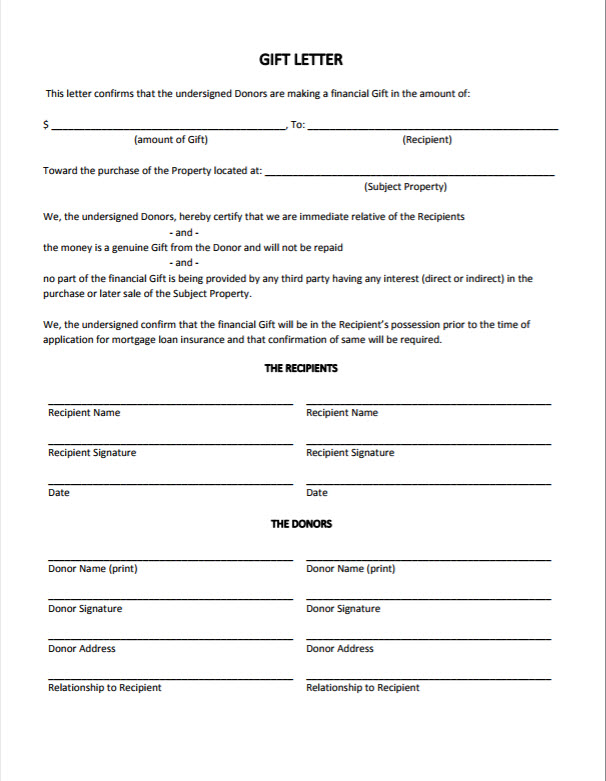The Ginnie Mae CUSIP aggregation program began in March 2019 and was finished in July 2019 and the Desk consolidated roughly 8,000 specific CUSIPs into about 8 aggregated ones. The aggregation procedure was created to minimize administrative expenses and functional intricacies connected with the Federal Reserve's firm MBS portfolio using a straightforward and rules-based technique that follows market.
working goals and standard market practices. Other The New york city Fed releases in-depth data on all settled SOMA agency MBS holdings on its on a weekly basis. In addition, Fannie Mae, Freddie Mac, and Ginnie Mae provide info about aggregated CUSIPs, including the underlying firm MBS, on their public sites. Yes. Info about individual Fannie Mae, Freddie Mac, and Ginnie Mae company MBS CUSIPs underlying the Federal Reserve's aggregated CUSIPs will stay readily available on these companies' public websites.
's recently imposed limitation on repooling of reperforming forborne loans yet once again penalizes servicers serving as essential provider in the continuing efforts to protect debtors dealing with monetary difficulty due to COVID-19. Let me count some of the ways Ginnie Mae servicers are bearing the brunt of mortgagor forbearance under the CARES Act: no servicing charge income during forbearance of as much as a year( and potentially longer ought to Congress decide its essential); no relief from advance requirements for the period of such forbearance; no revision of the structural impediments to private financing to fund advances; and no reimbursement for the cost of funds for advances. In providing APM-20-07 on June 29, 2020, Ginnie Mae chose to even more protect financiers from the potential boosted prepayment threat arising from early swimming pool buyouts of forborne loans. This defense, however, comes at the cost of servicers. By restricting servicers from relying on enduring, genuine business activity early pool buyouts coupled with the repooling of reperforming loans Ginnie Mae has actually elected to deem a routine activity as unsuitable due to the fact that it is unneeded and, gosh, may produce an earnings. This responsibility lasts till the defaulted loan is acquired out.
loan protected by the mortgaged residential or commercial property, the earnings of which are used to bring the loan present. By utilizing a junior lien, the loan does not need to be customized. Presently, a servicer might achieve a" stand alone partial claim" or a" https://midplains.newschannelnebraska.com/story/43143561/wesley-financial-group-responds-to-legitimacy-accusations mortgage healing advance" without redeeming the delinquent loan from the swimming pool, however servicers routinely combine the permissible early buyout of an overdue loan, a reinstatement through a" stand alone partial claim" or" home mortgage recovery advance, "and a repooling of the reperforming loan into freshly provided securities. Initially, the debtor under a reperforming loan should have made timely payments for the 6 months instantly preceding the month in which the associated mortgage-backed securities are issued.
Second, the problem date of the mortgage-backed securities need to be at least 210 days from the last date the loan was delinquent." Reperforming Loans "are not restricted to loans that are renewed through a" stand alone partial claim" or "home loan healing advance." The term is broadly defined to be a loan that is not more than thirty days overdue, formerly was bought out of a Ginnie Mae pool, and has the same rate and terms https://www.wpgxfox28.com/story/43143561/wesley-financial-group-responds-to-legitimacy-accusations as the originally pooled loans. The APM just hints at the factor behind Ginnie Mae's change in position, mentioning that "Ginnie Mae looks for to ensure that transactional activity connected to these options does not hinder market confidence in Ginnie Mae securities. "It highlights that FHA's "Stand Alone Partial Claim" and USDA's "Home loan Recovery Advance" do not require swimming pool repurchases unless the terms of.
Some Of What Type Of Insurance Covers Mortgages
the loan require modification. Merely put, Ginnie Mae is depriving servicers of an enduring, genuine, optional company method under the Ginnie Mae program apparently due to the fact that this discretionary activity is not necessary to make it possible for a servicer to cease maintenance advances in respect of forbearance. Generating a make money from repooling reperforming loans in some way is considered as a wicked activity. In seclusion, insulating financiers in Ginnie Mae securities from boosted prepayment danger associating with forbearance certainly is a worthy public policy goal. When compared to the expenses, costs and lost income servicers are bearing in regard of forbearance, one needs to question whether Ginnie Mae is relatively stabilizing the interests of servicers and investors.

While Ginnie Mae might have the authority to modify the Mortgage-Backed Securities Guide from time to time, servicers have a right to reasonably count on the fundamental construct of the program without material unfavorable modifications not grounded in law or abuse. Servicers create, get and finance their Ginnie Mae MSRs based on this reasonable expectation. When you wish to have fun in the sun right in.
your backyard, a pool of your own might be paradise. A pool includes a large price, though, so be prepared to pay for it gradually. While you have a few different options, one of the simplest is to finance a brand-new swimming pool with a new home loan. First, get in touch with the lender with which you have your existing home mortgage to ask about a brand-new home loan.
Typically your existing loan provider will be eager to keep your funding, possibly providing attractive interest and terms. how to reverse mortgages work if your house burns. Note the terms offered by your existing lending institution. Approach 2 or 3 other loan providers to inquire about a brand-new home mortgage. With a brand-new lending institution, you will require to show proof of identity and earnings, warranty deed and property owner's insurance. The new loan provider will examine your credit and.
inspect the worth of your house during a prequalification procedure. After validating your info and assessing your creditworthiness, the loan provider may extend you prequalification status.